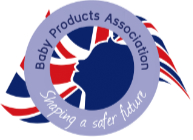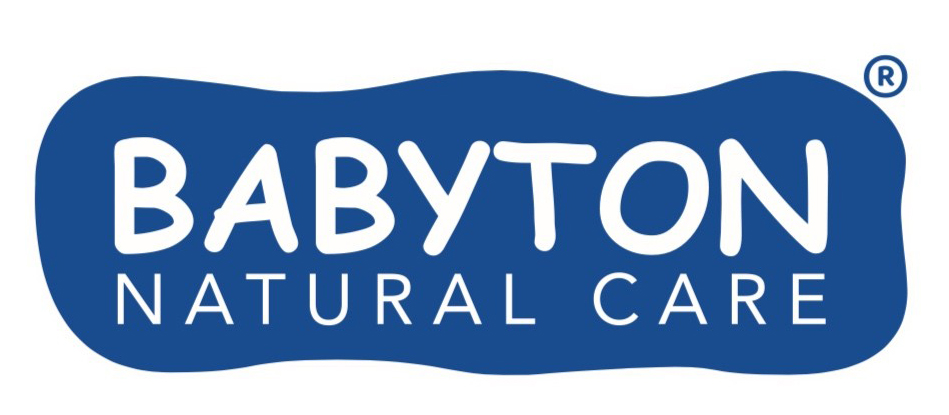



This site is designed to inform and promote the safe use of baby, nursery and childcare products to consumers and the industry in general.
More about the BPA...New rebranded website coming soon

Latest News
Safe use of car seats for young babies
12/11/2016

Whilst the Baby Products Association (the UK’s trade association involved in the regulation and standardisation of baby products) welcomes Professor Peter Flemming’s research announced today (11th November 2016) regarding the use of car seats and very young babies, it believes that the results are inconclusive. There were a low number of clinical trials conducted and there is no determination as to whether the incline and/or the vibration of the car seat used for the study impacted the results as no 30 degree with vibration control test was conducted.
It is a generally accepted rule that young babies are safest in a ‘lie flat’ position. However, car seats are designed to minimise the head from pulling on the critical neck area in the event of a collision and a complete lie flat rearward facing position would not provide the safety required. This is why manufacturers design seats as they are today. However, it is accepted that young children should not be contained in a car seat for more than two hours at a time.
Another major factor in the design of child car seats is the vehicle itself in terms of the rear seat angle which is often reclined to give more space to adults in the rear of the vehicle. This does not help with the natural angle of the child car seat. There is currently no regulation that determines this angle for car manufacturers and this is something that the Baby Products Association is looking to consider in its future work.
The largest issue recognised for the ‘over use’ of car seats is when they are not used purely as a safety product in the car, but when used combined with a stroller to form what is often called a ‘travel system’. Whilst a travel system provides the convenience to transfer a baby from car to stroller and return without disturbance, in light of this study and other studies surrounding the safest position for a baby to be positioned for prolonged periods of time we fell that it would be prudent to introduce a new guidance that the system should not be used for periods of longer than 30 minutes for babies under four weeks of age and two hours for those older than four weeks.
Whilst parents generally don’t use car seats for prolonged periods of more than two hours within a vehicle, particularly in the first four weeks of a child’s life, we do believe that parents may overuse these systems for walks and sleeping combined with a stroller and we agree that this is not ideal for a baby’s development.
The Baby Products Association advises that:
- Try not to use a car seat in the first four weeks of a baby’s life for periods of more than 30 minutes either inside the car or a combined period of time as part of a travel system.
- If it is essential for young babies less than 4 weeks old to be in a car seat within a vehicle for longer periods, it is recommended that an adult sits in the rear of the vehicle with the child to regularly check its comfort. On long journeys, take regular breaks, at least every 30 minutes, removing the baby from its seat for a short period of time before continuing the journey.
- Do not use a car seat after the age of four weeks for longer than two hours inside or outside the car or for combined periods.





































